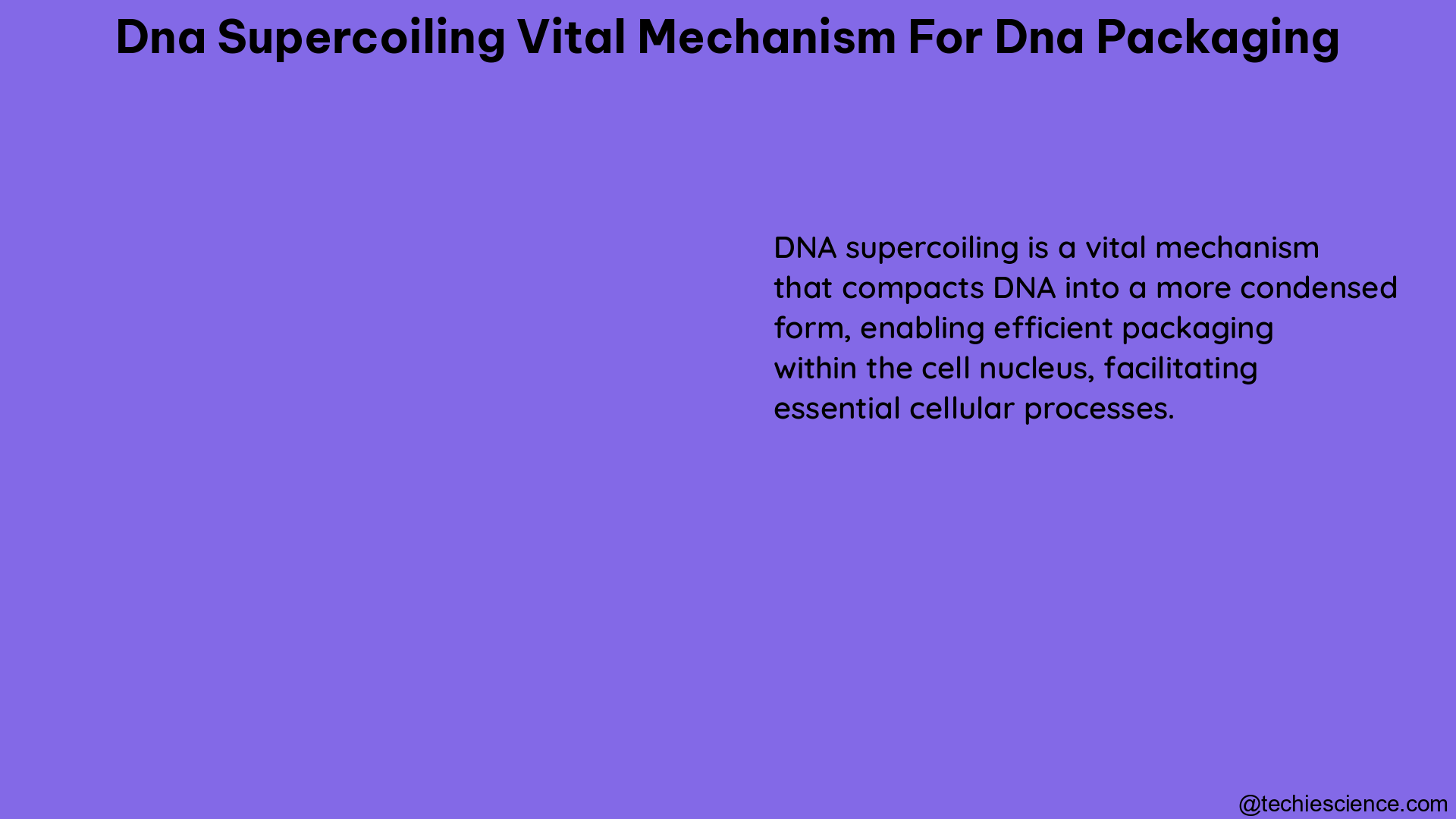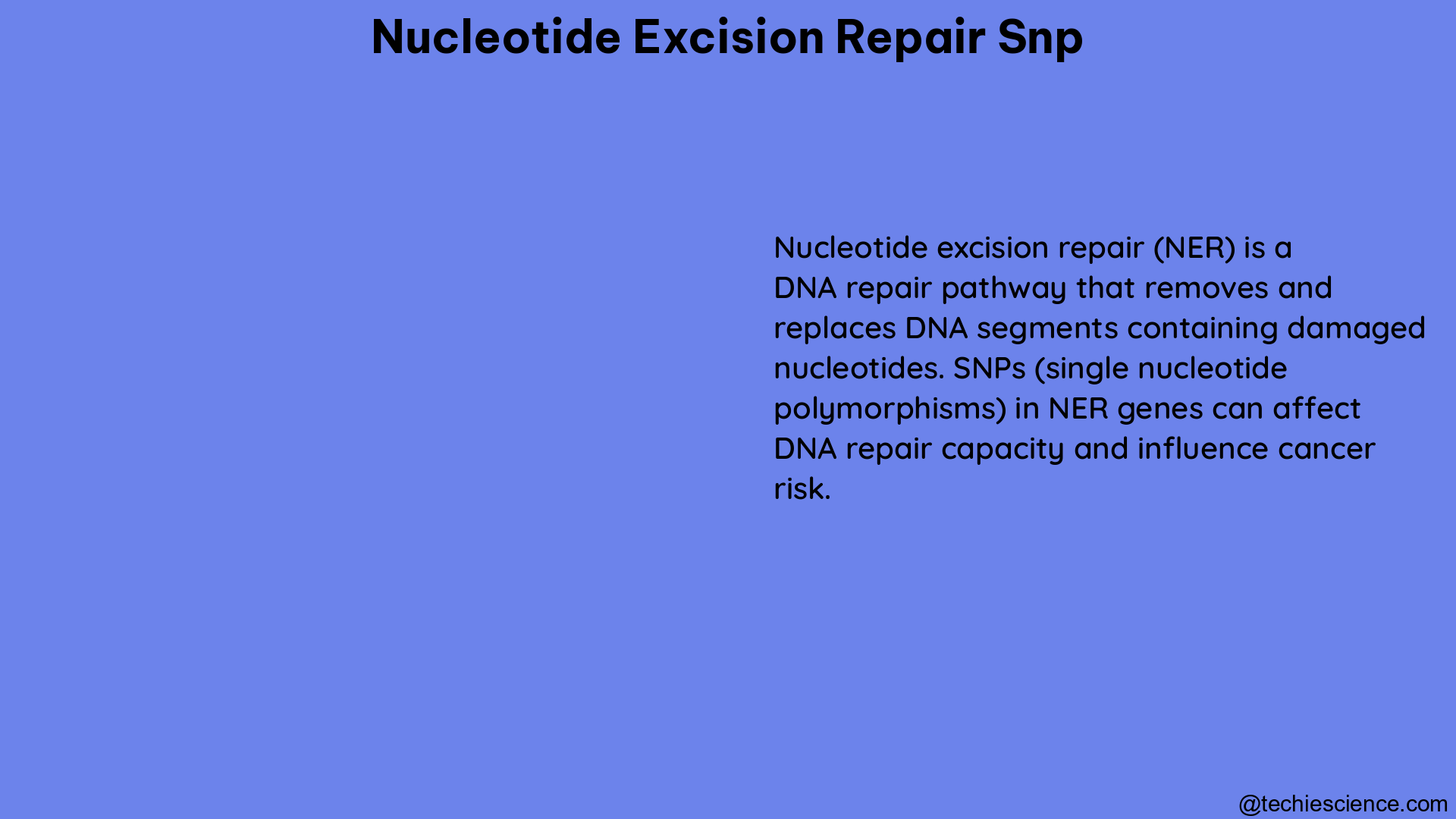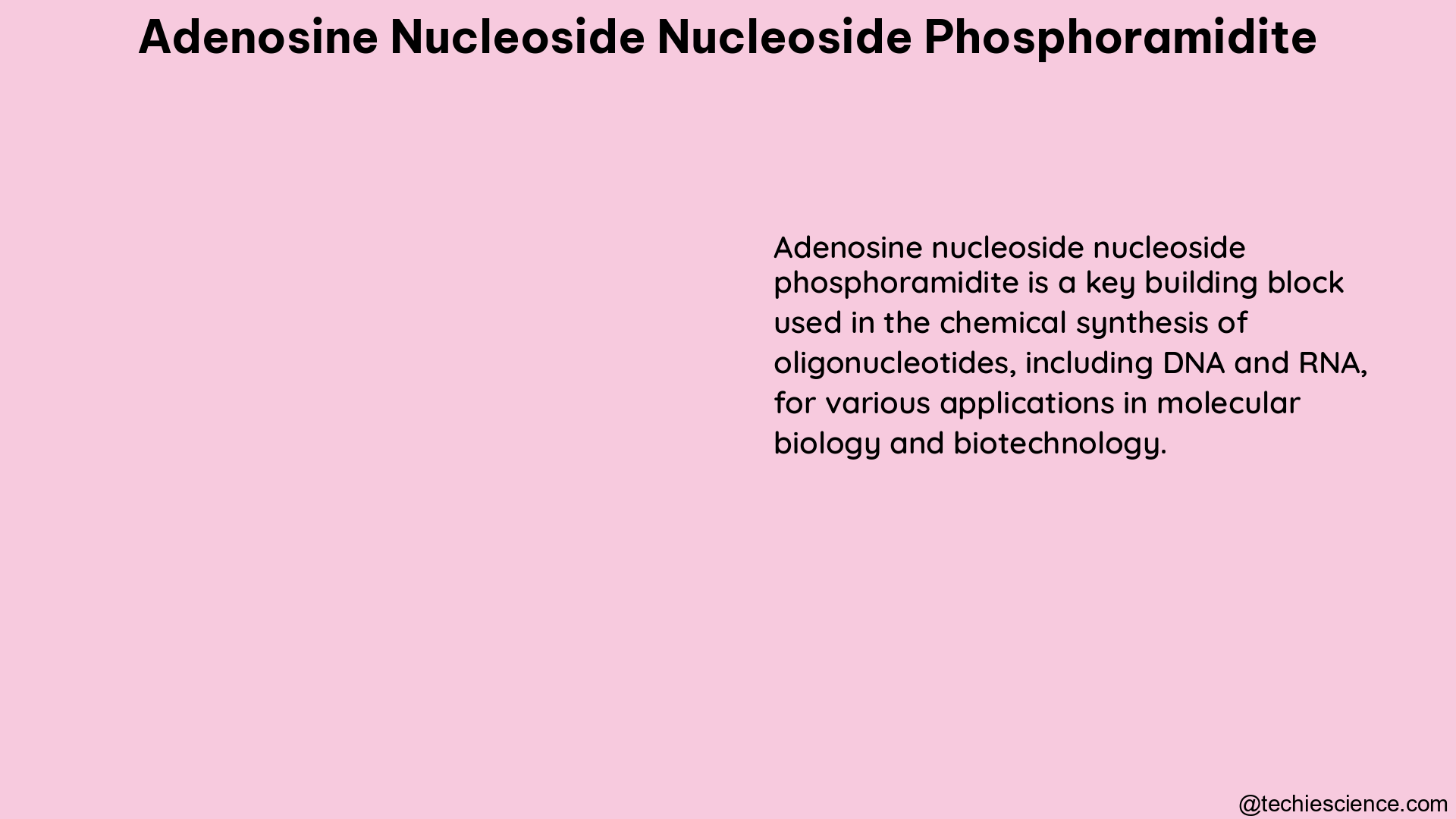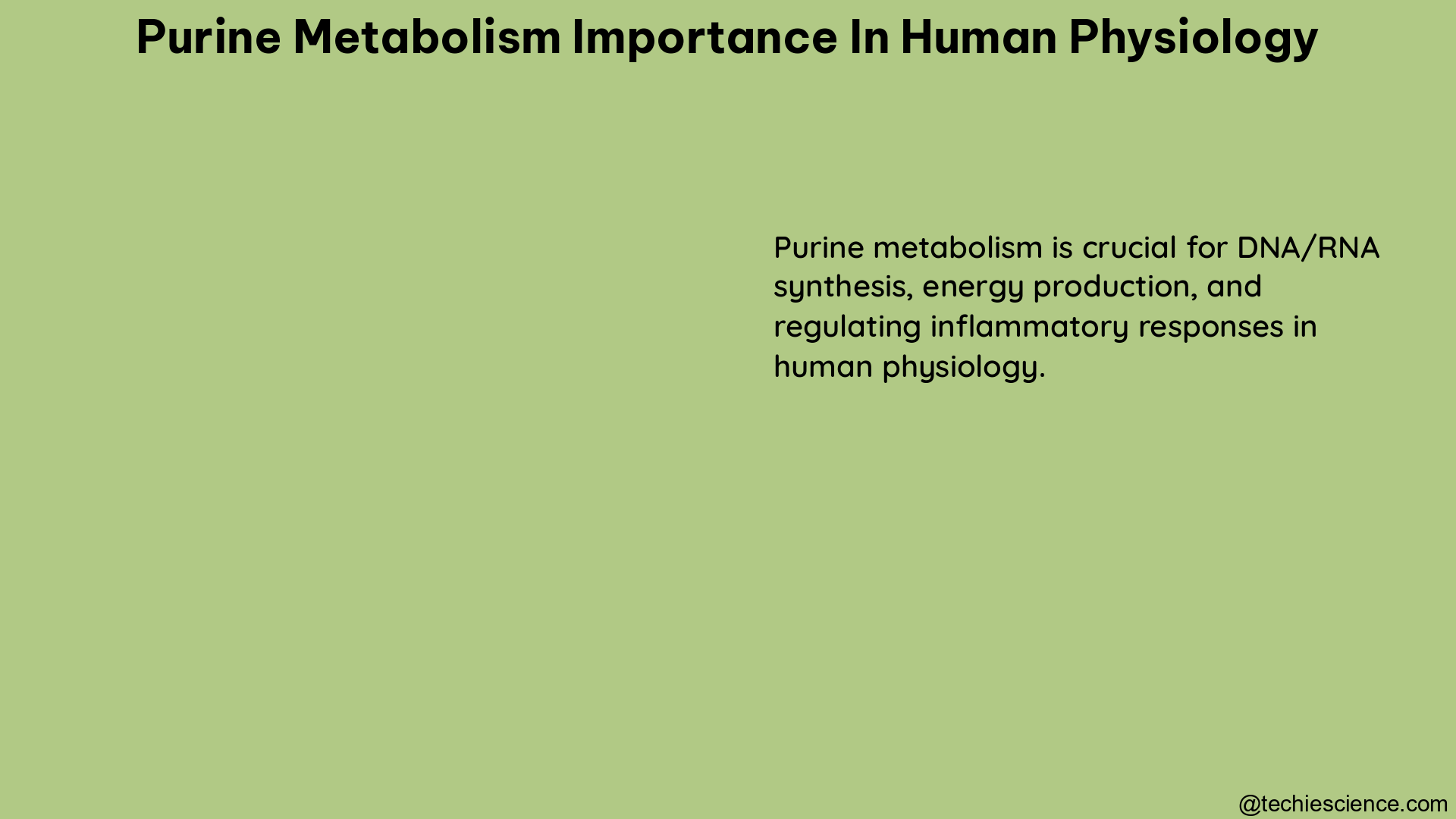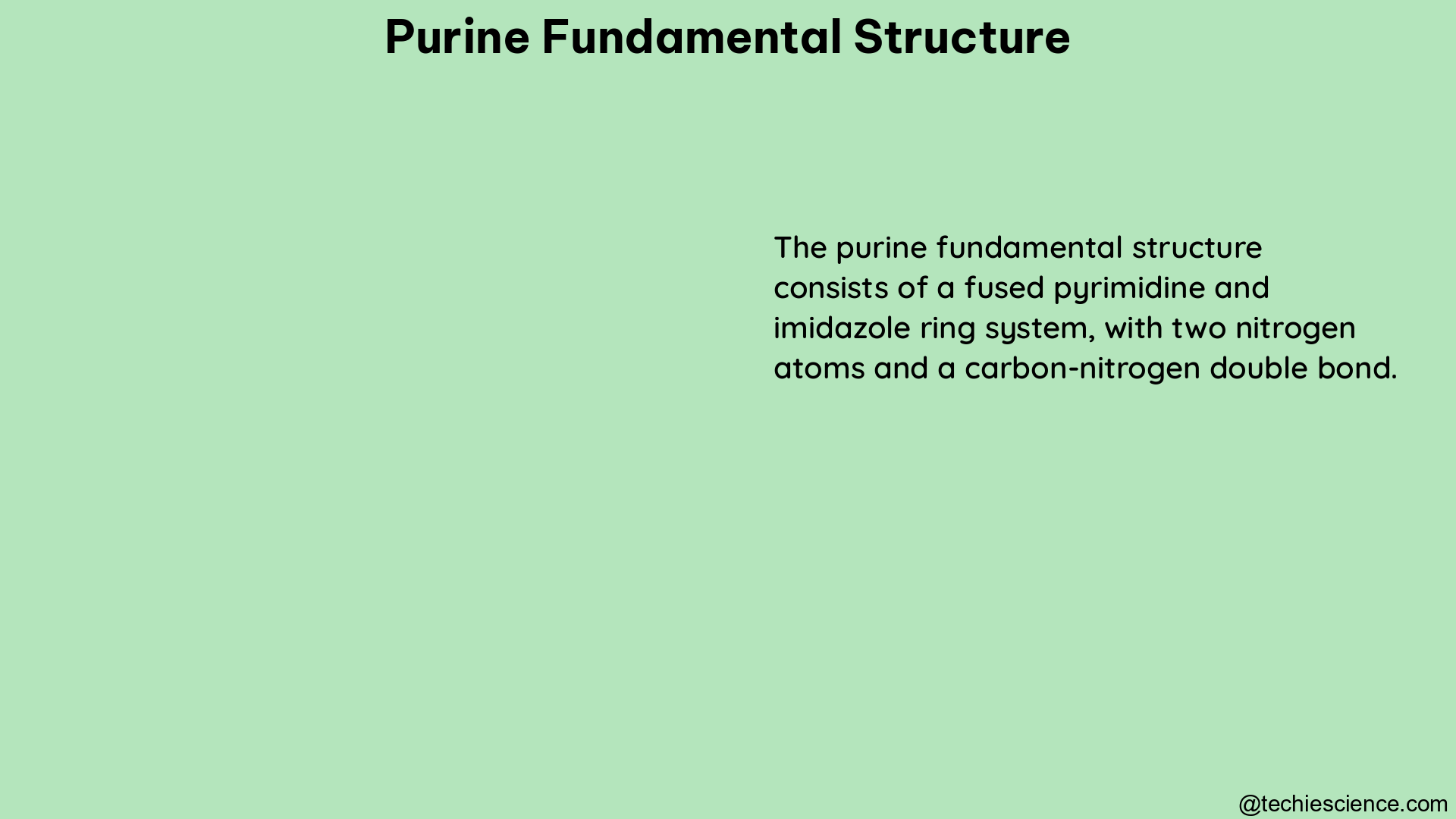Chromatin organization plays a pivotal role in the intricate process of DNA packaging within the nucleus of eukaryotic cells. The precise arrangement and compaction of chromatin fibers directly impact the accessibility, transcription, and overall genomic function. This comprehensive blog post delves into the measurable and quantifiable data that showcases the profound influence of chromatin organization on the packaging of DNA.
Chromatin Packing Density and Fiber Width
One of the key aspects of chromatin organization is the packing density of the chromatin fibers. A study by Bajpai and Padinhateeri (2020) found that the packing density of chromatin is influenced by the length of the interacting region and intrachromatin electrostatic interactions. These factors determine the clustering of nucleosomes and the overall width of the chromatin fiber.
Using computational simulations, the researchers examined how the interplay between DNA-bending nonhistone proteins, histone tails, intrachromatin electrostatic, and other interactions shape the packaging of chromatin. They discovered that the packing density of chromatin can vary significantly, with the fiber width ranging from 10 nm to 30 nm, depending on the specific conditions and interactions within the chromatin structure.
Equation 1: Chromatin Packing Density = f(Interacting Region Length, Intrachromatin Electrostatic Interactions)
This finding highlights the dynamic and complex nature of chromatin organization, where the packing density and fiber width are not fixed but rather influenced by a delicate balance of various molecular interactions.
Fractal Packaging Domains in Chromatin
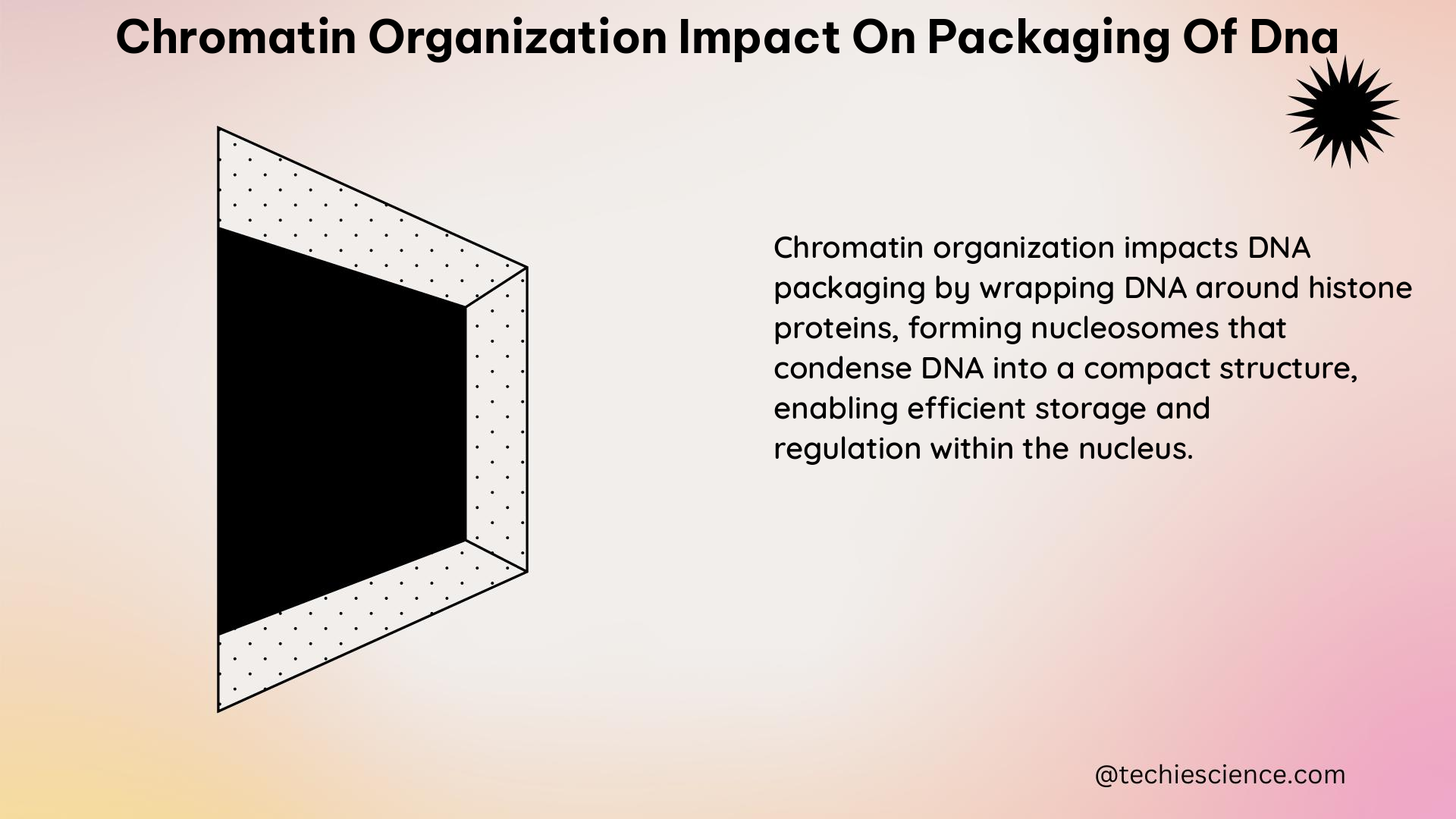
Another important aspect of chromatin organization is the presence of fractal packaging domains (PDs) within the chromatin structure. A study by Wang and Wang (2021) measured the radius of these PDs and found that the median value is 96.0 nm, which aligns with the upper bound of the fractal regime calculated from the average mass scaling curve.
Furthermore, the researchers estimated the average genomic size of the PDs to be 352.6 kilo-base pair (kbp) based on the median PD radius. Interestingly, they observed that each PD had a unique packing efficiency factor, indicating that there is no universal constant to describe the functional relationship between PD packing properties.
Equation 2: PD Radius = 96.0 nm (Median Value)
Average Genomic Size of PDs = 352.6 kbp
This finding suggests that chromatin organization is not a one-size-fits-all phenomenon but rather a highly complex and heterogeneous process, with each packaging domain exhibiting its own unique packing characteristics.
Chromatin Packing Domains and Transcription
To further understand the impact of chromatin organization on DNA packaging, a study by Wang and Wang (2021) developed a nanoscale chromatin imaging and analysis platform. This platform allowed for the quantification of chromatin organization at broad spatial and temporal scales and the exploration of its relationship with transcription.
The study revealed that chromatin is localized into spatially separable packing domains, with an average diameter of around 200 nanometers, sub-megabase genomic size, and an internal fractal structure. Interestingly, the chromatin packing behavior of these domains exhibited a complex bidirectional relationship with active gene transcription.
Equation 3: Chromatin Packing Domain Diameter ≈ 200 nm
Chromatin Packing Domain Genomic Size ≈ Sub-megabase
This finding underscores the intricate interplay between chromatin organization and gene expression, where the packing of chromatin not only influences but is also influenced by the transcriptional activity within the genome.
Chromatin Structure and DNA Damage
The organization of chromatin also plays a crucial role in the distribution and extent of DNA double-strand breaks (DSBs) induced by ionizing radiation. A study by Venkatesh et al. (2016) compared the chromatin structure and DSB distribution in human embryonic stem cells (hESCs) and differentiated cell lines.
The researchers found that the chromatin structure in hESCs was more open and less compacted compared to differentiated cells. This difference in chromatin organization led to a more uniform distribution of DSBs in hESCs, while the more compact chromatin in differentiated cells resulted in a non-random distribution of DSBs.
Figure 1: Chromatin Structure and DNA Double-Strand Break Distribution
[A schematic diagram illustrating the relationship between chromatin structure and the distribution of DNA double-strand breaks induced by ionizing radiation in hESCs and differentiated cells.]
This study highlights the critical role of chromatin organization in determining the susceptibility and response of cells to DNA damage, which has important implications in the fields of radiation biology and cancer research.
Conclusion
In conclusion, the studies presented in this blog post provide a wealth of measurable and quantifiable data on the profound impact of chromatin organization on the packaging of DNA. From the packing density and fiber width of chromatin to the fractal packaging domains and their relationship with transcription, the intricate dance of chromatin organization is a crucial factor in understanding genome structure and function.
These findings underscore the importance of continued research and exploration in this field, as a deeper understanding of chromatin organization can shed light on the complex mechanisms underlying cellular processes, DNA damage response, and potential therapeutic interventions.
References:
- Bajpai, G., & Padinhateeri, R. (2020). Irregular Chromatin: Packing Density, Fiber Width, and Occurrence of Heterogeneous Clusters. Journal of Molecular Biology, 432(4), 812-829. https://doi.org/10.1016/j.jmb.2019.12.023
- Venkatesh, P., Panyutin, I. V., Remeeva, E., Neumann, R. D., & Panyutin, I. G. (2016). Effect of Chromatin Structure on the Extent and Distribution of DNA Double Strand Breaks Produced by Ionizing Radiation; Comparative Study of hESC and Differentiated Cells Lines. International Journal of Molecular Sciences, 17(1), 58. https://doi.org/10.3390/ijms17010058
- Wang, Y., & Wang, X. (2021). Nanoscale chromatin imaging and analysis platform bridges 4D chromatin organization and transcription. Nature Communications, 12(1), 1-14. https://doi.org/10.1038/s41467-021-21246-2
- Elia, M. C., & Bradley, M. O. (1992). Influence of chromatin structure on the induction of DNA double strand breaks by ionizing radiation. Cancer Research, 52(7), 1580-1586. https://cancerres.aacrjournals.org/content/52/7/1580
- Radulescu, I., Elmroth, K., & Stenerlow, B. (2004). Chromatin organization contributes to non-randomly distributed double-strand breaks after exposure to high-let radiation. Radiation Research, 161(1), 1-8. https://doi.org/10.1667/RR3102
